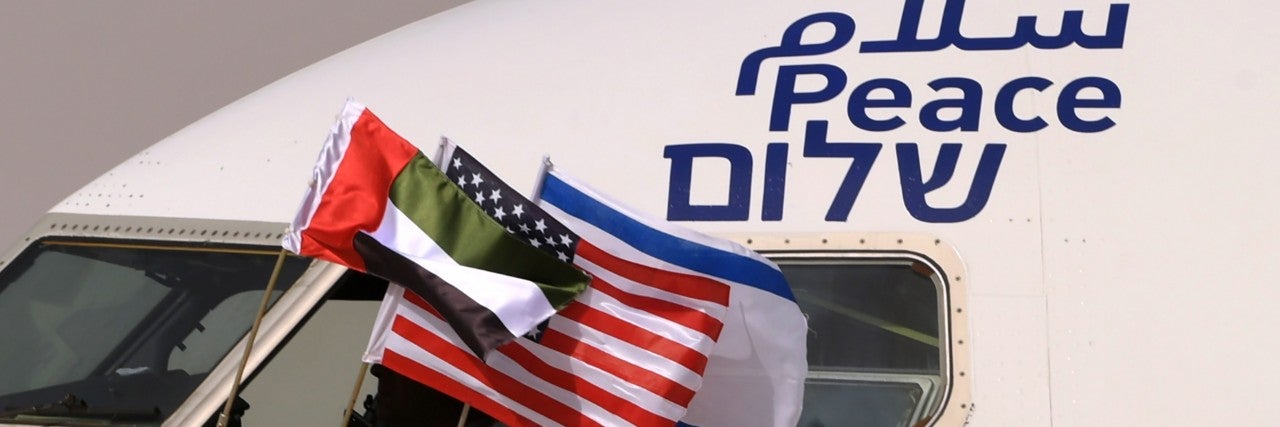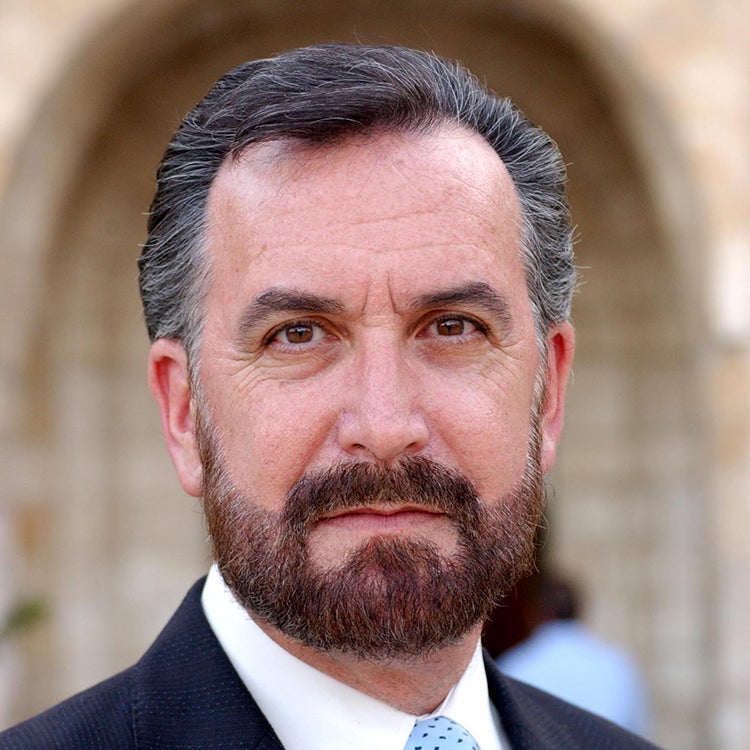December 20, 2020 — London
This piece originally appeared in Jewish News.
There were good times and bad times for Jews under Muslim rule in different lands, but we experienced incomparably less persecution and demonization in Muslim societies than in the Christian world.
Indeed, even if the status of Jews was secondary, they were protected by Muslim law as “people of the Book”. However, the conflict between Israel and her Arab neighbors led to an Islamic demonization of Israel and also of Jews.
This conflict has served as something of a lightning rod for historical and contemporary resentments in the Muslim world that have little or nothing to do with Israel, Jews, or Judaism.
Nevertheless, over the course of the last century, the Muslim world has increasingly adopted antisemitic tropes, while the Christian world started to radically purify itself of these.
Ideas of Jewish conspiracies and publications of scurrilous fabrications, such as the Protocols of the Elders of Zion, have been overwhelmingly disseminated in recent decades within the Muslim world, and generations of young Arabs have been fed a diet of hostility towards Jews (despite the disingenuous yet widespread claim that the hostility is only directed at “Zionists” and not Jews).
Accordingly, one cannot overstate the significance of the recent dramatic educational changes that have taken place in the Arab world.
Arguably, the worst national offender in terms of the image of the Jew in educational textbooks was Saudi Arabia, reflecting its very conservative religious worldview.
Past review of these textbooks, including one by my organization, American Jewish Committee in 2003, revealed that not only did Saudi textbooks present Islam as the only true religion, but that all other religions were described as false, and Jews and Christians were denounced as infidels and enemies of Muslims and Islam. The West had been presented as the source of the past and present misfortunes of the Muslim world, beginning with the Crusades through to the establishment of the State of Israel. Textbooks had described the Jewish People as a wicked nation, characterized by bribery, slyness, deception, betrayal, aggression, and arrogance, and portrayed Jews as a corrupting force in Arabia even before the birth of Islam.
The Jews were generically described as having cooperated with Muhammad’s enemies after the emergence of Islam, for which they were punished by the Prophet with exile and more. Jews were accused of having caused harm throughout world history, and of being responsible, inter alia, for the French and Bolshevik revolutions and for the outbreak of World War I. The Protocols of the Elders of Zion were explicitly promoted, presented to Saudi students as an authentic historical source.
But a just released study by Dr. Eldad Pardo for IMPACT-se has revealed that fundamental changes have been made in Saudi textbooks and that all of the above and other egregious material has been removed. The research does indicate that there are still a number of problems both in what remains included and what is still missing in Saudi educational materials, and that there remains plenty of room for improvement. However, the change in substance and orientation that began a few years ago is now very significant indeed.
Internal, regional, and international factors have all contributed to this change.
Already the previous Saudi monarch, King Abdullah bin Abdul Aziz, had started to encourage a more accepting and embracing approach. Among his initiatives, he established an institution for internal Saudi dialogue, and launched a global initiative for interreligious dialogue from the Muslim world to the religions of the globe. This led to the establishment of the King Abdullah International Center for Interreligious and Intercultural Dialogue (KAICIID) with a Board of Directors of religious leaders from Buddhism, Christianity, Hinduism, and Judaism, as well as Islam.
As the spiritual heartland of the Muslim world, these changes in Saudi Arabian education materials have enormous significance well beyond the confines of the kingdom itself
Notable educational developments have taken place elsewhere in the Arabian Gulf, in particular in the UAE. Even before the recent signing of the historic Abraham Accords with the State of Israel, the UAE had assumed a prominent role in promoting interreligious and intercultural dialogue from within the Arab world, and four different government ministries are involved in this effort.
In 2018, the UAE introduced a Moral Education program into schools, born out of an understanding that modern economic and technological progress requires modern and global moral values. It also reflected the UAE’s national strategic ambition to ensure social cohesion in an ethnically and culturally mixed society. The Mideast curriculum promotes tolerance towards the ‘other’, peace and conflict resolution, and equality. Even though the focus and examples in the textbooks is on local diversity within the UAE, the textbooks promote appreciation for social difference, and promote empathy, tolerance, and respect for people of different gender, race, and religion. However, there is no specific reference to Jews or Judaism.
Nevertheless, the formal recognition a year ago of the small Jewish community in the UAE, and the overwhelming social and media support for the Abraham Accords, naturally have a powerful impact upon public perceptions of Jews, Judaism, and Israel.
But arguably the most exemplary development in the Arab world in the field of education, especially as it relates to the Jewish People and its tradition, has been in Morocco.
While Judaism was never subject to any official derogatory portrayal, and the Jewish community was both protected and respected by the country’s monarchs, the heritage of Moroccan Jewry has remained largely unknown in modern times to the populace, which was also exposed to negative media regarding Jews from within the Arab world.
But in recent years some notable steps have been taken. At King Mohammed VI’s personal intervention, Jewish cemeteries around the country have been repaired, restored, and protected; and Casablanca’s Jewish museum, the first of its kind in the Arab world, and the nearby synagogue were renovated. Even more dramatic was the decision of the authorities to require that imams undergo educational training to learn about Christianity and Judaism. Moreover, the royal palace published a pamphlet to this end entitled “Lectures in Jewish Culture.” Earlier this year, the King inaugurated a Jewish museum, Bayt Dakira (House of Memory), in the old Jewish quarter of the coastal city of Essaouira, where Jews once constituted forty percent of the population. Now the Kingdom of Morocco has introduced a formal curriculum into schools teaching about the history and legacy of Moroccan Jewry.
All these developments are, of course, inextricably connected to the recent trailblazing political developments in the region. However, they indicate that even more than a desire to advance diplomatic interests, there is a growing recognition that anti-Jewish sentiment and ignorance are incompatible with progress and prosperity. They reflect recognition of the necessity to effect a positive change in the mindsets of young people in the Arab world in particular, and in the Muslim world as a whole, in order to promote peace and advance wellbeing in their own countries and their place in the commonwealth of nations. They reflect the exciting growing appreciation of the remarkable legacy of Jews in Arab lands and of the unique connections and parallels between Islam and Judaism, as integral to the heritage of Abraham.
Rabbi David Rosen KSG CBE is the American Jewish Committee’s (AJC’s) International Director of Interreligious Affairs. As the Jewish member of the KAICIID Board of Directors, he met in Riyadh last February with King Salman of Saudi Arabia, the first rabbi and Israeli to have been received by a Saudi King. During his visit to the kingdom, he presented the IMPACT-se research to officials at the Saudi Ministry of Education highlighting the changes that needed to be made in the kingdom’s curriculum.



